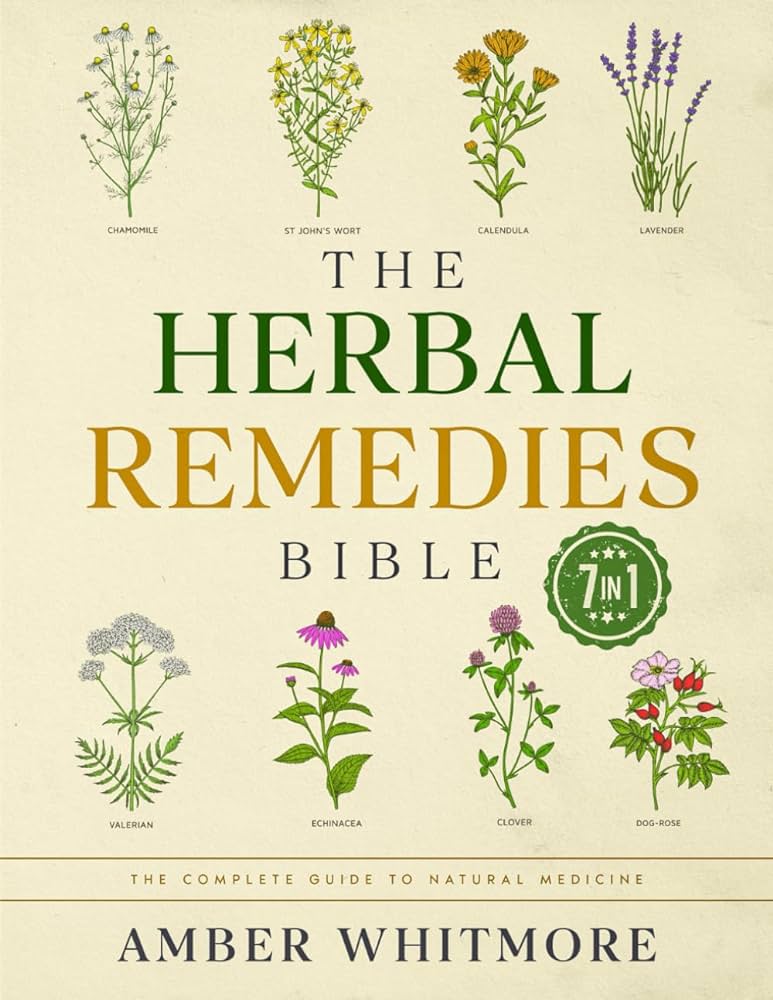Medicinal herbs have been used for centuries to promote health and well-being. Growing your own medicinal herbs can be a rewarding and cost-effective way to have access to these natural remedies. Whether you have a large garden or just a small balcony, you can successfully grow a variety of medicinal herbs. In this article, we will explore the basics of cultivating medicinal herbs at home.
Choosing the Right Herbs
Before you start planting, it’s important to choose the right herbs for your needs. Consider the health benefits you are looking for and the climate in your area. Some popular medicinal herbs that are relatively easy to grow include:
| Herb | Health Benefits |
|---|---|
| 1. Lavender | Relaxation, anxiety relief |
| 2. Chamomile | Indigestion, sleep aid |
| 3. Peppermint | Headache relief, digestive aid |
| 4. Echinacea | Immune system support |
| 5. Garlic | Antibacterial, immune support |
Preparing the Growing Space
Most medicinal herbs prefer well-draining soil and plenty of sunlight. If you have limited space, consider using pots or raised beds. Be sure to choose a location that receives at least 6-8 hours of sunlight per day. If your soil is not well-draining, consider adding compost or sand to improve drainage.
Planting and Care
When planting medicinal herbs, it’s important to follow the specific requirements for each herb. Some herbs may prefer to be started from seeds, while others may do better when propagated from cuttings or seedlings. Be sure to water your herbs regularly, but be cautious not to overwater, as this can lead to root rot.
It’s also important to keep an eye out for pests and diseases. Consider using natural pest control methods, such as companion planting or homemade insecticidal soaps, to protect your herbs without the use of harmful chemicals.
Harvesting and Storage
Once your medicinal herbs have matured, it’s time to harvest them for use. Different herbs should be harvested at different times, so be sure to do your research and understand the best time to harvest each herb. To maximize the potency of the herbs, consider harvesting them in the morning after the dew has dried but before the day becomes too hot.
After harvesting, you can use your medicinal herbs fresh or dry them for long-term storage. Drying herbs can be done by hanging them in a warm, dry location with good air circulation. Once dried, store the herbs in airtight containers away from light and moisture to preserve their potency.

Credit: www.amazon.com

Credit: medium.com
Frequently Asked Questions Of How To Grow Medicinal Herbs: Unlock The Power Of Natural Healing
How Do I Start Growing Medicinal Herbs?
To start growing medicinal herbs, choose a sunny location, prepare well-drained soil, and select suitable herbs for your climate.
What Are The Best Medicinal Herbs To Grow?
The best medicinal herbs to grow include lavender, chamomile, mint, Echinacea, and aloe vera, depending on your specific needs.
How Often Should I Water Medicinal Herbs?
Water medicinal herbs when the top inch of soil is dry, ensuring they receive about an inch of water per week depending on rainfall.
What Are The Common Pests That Affect Medicinal Herbs?
Common pests that can affect medicinal herbs include aphids, whiteflies, and caterpillars. Use organic pest control methods to combat these pests.
Conclusion
Growing medicinal herbs at home can be a fulfilling and sustainable way to incorporate natural remedies into your lifestyle. By choosing the right herbs, providing the proper growing conditions, and taking care during planting and harvesting, you can enjoy the benefits of these healing plants year-round. So, whether you are a seasoned gardener or just starting out, consider adding some medicinal herbs to your green space and reap the health benefits they have to offer.
